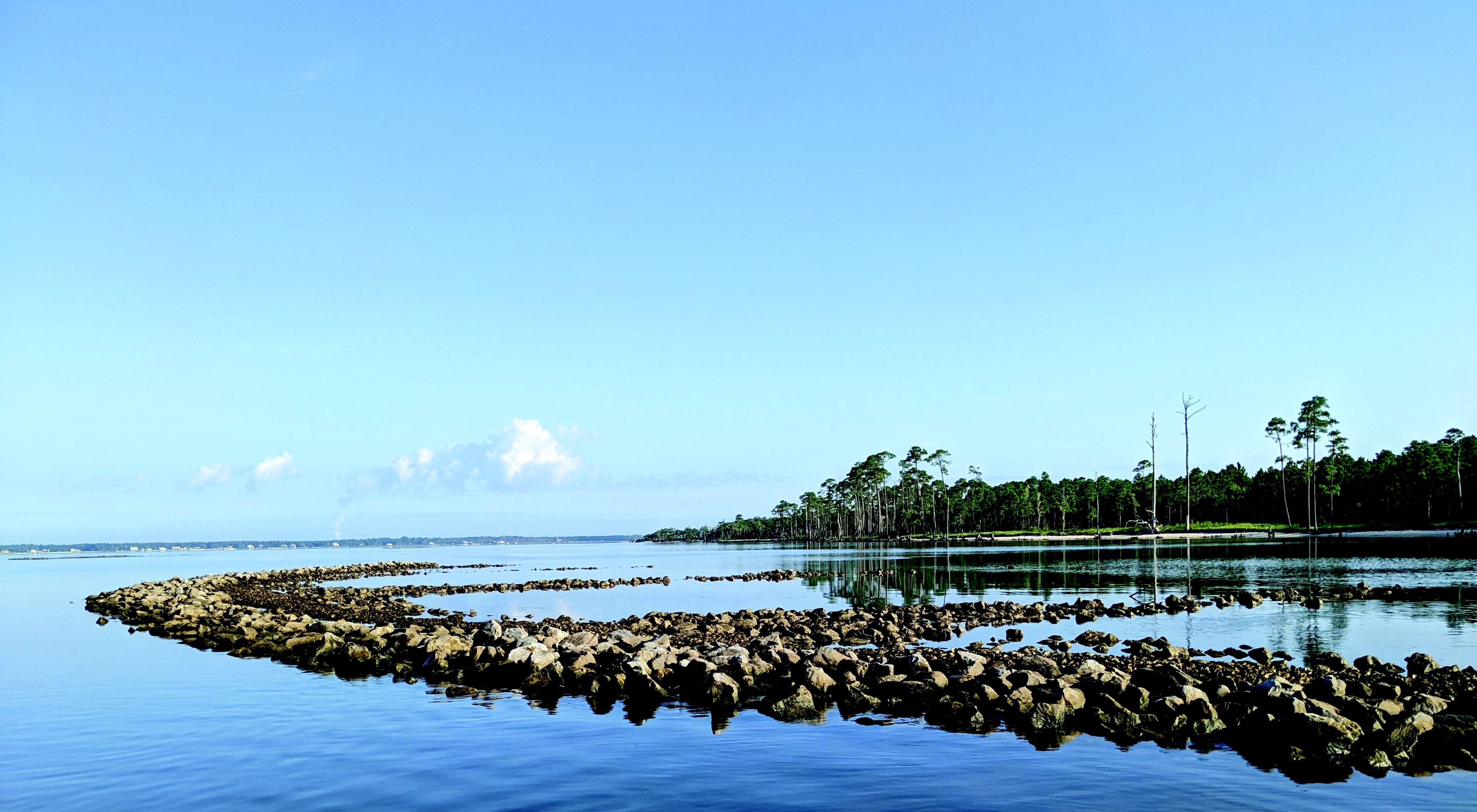The Nature Conservancy Recommends Accelerating Oyster Restoration in the Gulf of Mexico
A new report suggests eight strategies for oyster restoration in the Gulf of Mexico.
Media Contacts
-
Angela Betancourt
Betancourt Group
Phone: 305-807-9012
Email: angela@groupbetancourt.com -
Andrew Blejwas
The Nature Conservancy
Phone: 617-785-7047
Email: ablejwas@tnc.org
The Nature Conservancy Gulf of Mexico Program released recommendations for accelerating the restoration of oysters in the Gulf of Mexico. The report suggests eight overall strategies for oyster restoration and proposes that $40-50 million in Federal money be allocated to each of the five Gulf states to implement those and related strategies.
Oyster Restoration in the Gulf of Mexico
Read the ReportIn describing the TNC report, Bob Bendick, TNC Gulf of Mexico Program Director, said, “Despite the concerted efforts of state and federal agencies, increasing restoration of oyster reefs by the private and public sectors, the growth of the oyster aquaculture industry, important oyster restoration research and funding for improving the condition of the Gulf as a whole, the extent and condition of most oyster reefs in all five Gulf states has continued to decline. With this decline, the people of the Gulf region are losing the economic and cultural value of the oyster industry and the important ecosystem services, like cleaner water, protection from storms and fish habitat provided by oysters and oyster reefs. Current restoration and management efforts, while very much in the right direction, are not sufficient to reverse that decline. Additional decisive action is needed to address this problem.”
TNC has been constructing oyster reefs in the Gulf and elsewhere in the U.S. and internationally for more than a decade and has first-hand knowledge of the challenges of oyster restoration. Based on that experience, on the work of TNC and other scientists, and on the activities of government agencies, TNC recommends these overall strategies for oyster restoration in the Gulf:
- Develop and implement actionable bay-scale and state oyster restoration and management plans.
- Use new techniques to Increase the scale and pace of oyster reef restoration.
- Share and apply science and restoration ideas among stakeholders.
- Support oyster aquaculture.
- Restore and maintain freshwater inflows and water quality to estuaries.
- Institute shell retention programs and identify new sources of cultch material.
- Manage oyster populations based on the multiple benefits of oysters.
- Monitor oyster restoration and employ adaptive management based on monitoring results.
Implementing these strategies will require additional investment, including from the settlement of the Deepwater Horizon Oil Spill and from Federal infrastructure and coastal resilience programs. TNC estimates that an allocation of $40-50 million to each state could support the planning and on-the-ground action to restore the critical mass of oysters needed to produce self-sustaining populations in one or two major estuaries in each state.
An example of the kind of planning and action that is needed comes from Pensacola Bay in Florida, where stakeholders participated in a planning process to identify goals for oyster restoration in the bay, and the Pensacola and Perdido Bays Estuary Program has now received federal funding to begin implementation of that plan.
In commenting on the prospects for successful oyster restoration in the Gulf, Bendick said, "Oyster restoration in the Gulf is challenging and requires a long-term effort, but we believe that by multiple agencies and groups working together to plan for and execute oyster restoration on a bay-by-bay basis, we can reverse the decline of the Gulf's oysters. In doing so, we can greatly improve the overall health of the Gulf's estuaries and rebuild a sustainable wild oyster harvest. This result is certainly worth the investment in oyster restoration.”
The Nature Conservancy is a global conservation organization dedicated to conserving the lands and waters on which all life depends. Guided by science, we create innovative, on-the-ground solutions to our world’s toughest challenges so that nature and people can thrive together. We are tackling climate change, conserving lands, waters and oceans at an unprecedented scale, providing food and water sustainably and helping make cities more sustainable. Working in more than 70 countries and territories, we use a collaborative approach that engages local communities, governments, the private sector, and other partners. To learn more, visit nature.org or follow @nature_press on Twitter.
